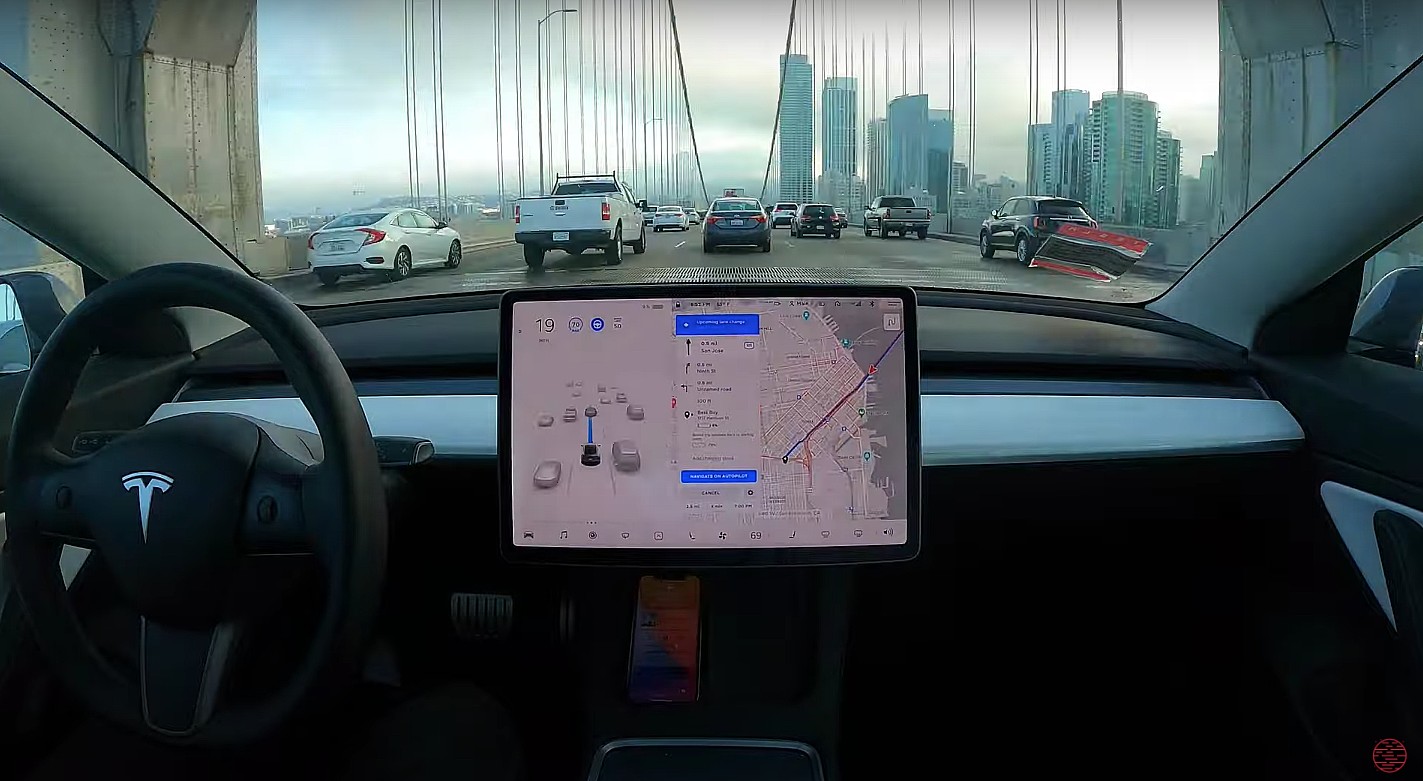
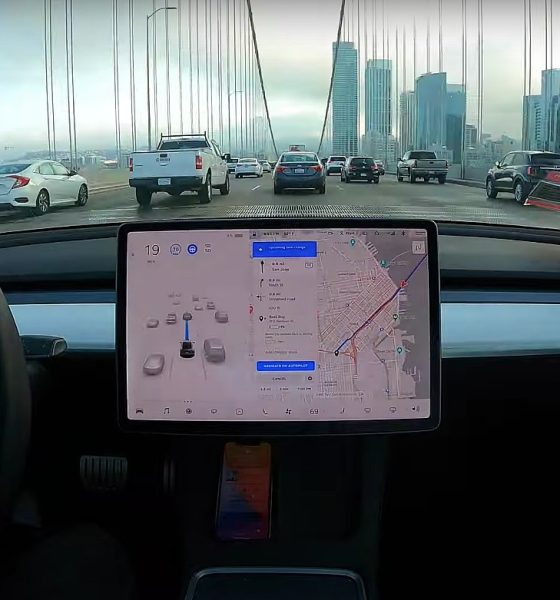
News
Tesla pure vision FSD Beta completes LA to SF border trip with no disengagements
Tesla’s FSD Beta 9.1 software recently accomplished another milestone. Without using radar data, the advanced driver-assist system was able to complete a trip from Los Angeles to the San Francisco border with zero disengagements. This shows that Tesla’s bold shift to a pure vision approach may indeed be the right strategy to achieve autonomous driving.
Tesla Model 3 owner and FSD Beta tester Whole Mars Catalog recently posted a video of the ~380-mile trip on YouTube. The journey started from a Tesla Supercharger near the SpaceX headquarters in Los Angeles to San Francisco. Due to the length of the trip, the Model 3 had to stop at the Kettleman Supercharger to recharge its batteries. After its brief charging session, FSD Beta 9.1 proceeded to head over to San Francisco.
The trip was quite uneventful, and that’s precisely what made the trip so remarkable. While the video was sped up, it was evident that FSD Beta 9.1 behaved very much like a human driver during the journey, weaving in and out of traffic and safely navigating through inner-city streets. Highway driving seemed refined as well, with FSD Beta 9.1 traveling at a comfortable speed over long stretches of road.
FSD Beta 9.1’s trip from Los Angeles to San Francisco was very similar to a feat achieved by a Model 3 with radar+camera earlier this year, which involved a trip from SF to LA. Similar to that trip, however, the pure vision Model 3’s entire trip still required some manual driving, particularly when the driver pulled up to a stall at the Kettleman Supercharger. The driver also opted to manually take over for a left turn well after the Model 3 crossed the San Francisco border.
Tesla’s approach to autonomy is quite different than those being pursued by other companies and automakers that are also developing self-driving software. Instead of using numerous sensors and pre-mapped data, FSD Beta uses AI and camera feeds to enable Teslas to navigate through roads, similar to a human driver. This is much more difficult than pre-mapping a freeway or a specific geofenced area, but it should allow the system to operate practically anywhere in the world.
This was one of the reasons why the shift to a pure vision approach was deemed controversial even by some of Tesla’s most ardent fans. But based on the performance of FSD Beta 9.1 so far, and considering feats like the Whole Mars Catalog team’s Los Angeles to San Francisco drive, it appears that the company’s decision to pursue autonomy with a pure vision approach may bear fruit in the long run.
Watch FSD Beta 9.1 complete a drive from Los Angeles to the San Francisco border with zero disengagements in the video below.
Don’t hesitate to contact us with news tips. Just send a message to tips@teslarati.com to give us a heads up.

News
Tesla begins Holiday Update rollout with some surprise features
On Monday, just a few days after Tesla first announced the Holiday Update, people started reporting that it was being deployed to owners.
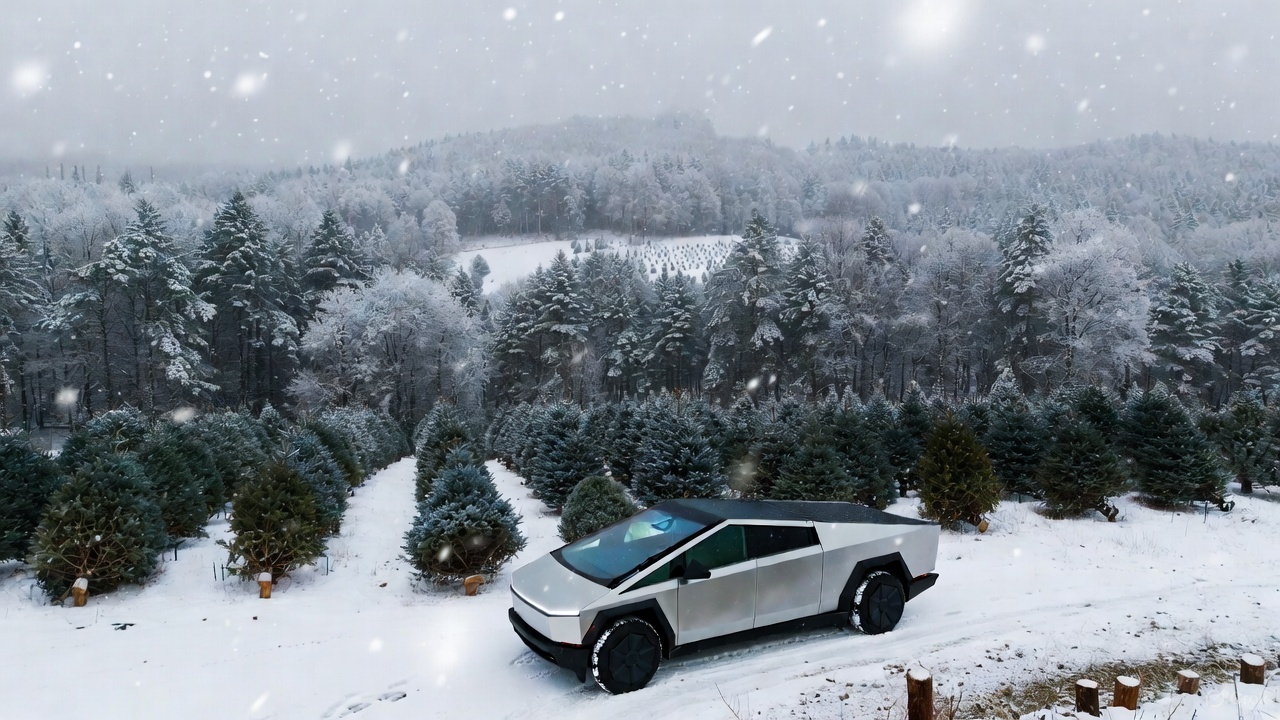
Tesla has started the rollout of the 2025 Holiday Update, as several owners reported it had arrived in their cars via a software update.
Tesla’s Holiday Update is rolling out as Software Version 2025.44.25.1, and includes several new features. We did an extensive breakdown of what was included in another article, but we’ll list the new additions below:
- Grok with Navigation Commands (Beta) – Grok will now add and edit destinations.
- Tesla Photobooth – Take pictures inside your car using the cabin-facing camera
- Dog Mode Live Activity – Check on your four-legged friend on your phone through periodic snapshots taken of the cabin
- Dashcam Viewer Update – Includes new metrics, like steering wheel angle, speed, and more
- Santa Mode – New graphics, trees, and a lock chime
- Light Show Update – Addition of Jingle Rush light show
- Custom Wraps and License Plates – Colorizer now allows you to customize your vehicle even further, with custom patterns, license plates, and tint
- Navigation Improvements – Easier layout and setup
- Supercharger Site Map – Starting at 18 pilot locations, a 3D view of the Supercharger you’re visiting will be available
- Automatic Carpool Lane Routing – Navigation will utilize carpool lanes if enabled
- Phone Left Behind Chime – Your car will now tell you if you left a phone inside
- Charge Limit Per Location – Set a charge limit for each location
- ISS Docking Simulator – New game
- Additional Improvements – Turn off wireless charging pad, Spotify improvements, Rainbow Rave Cave, Lock Sound TRON addition
On Monday, just a few days after Tesla first announced the Holiday Update, people started reporting that it was being deployed to owners.
We noticed a new Tesla software update 2025.44.25.1 on a Model Y AWD LR (2022) in Florida, United States. View the rollout of this update here: https://t.co/rPqISQaNkM
— Teslascope (@teslascope) December 8, 2025
It seems the release is a bit of an apology to a particular group, as it has only made its way to Hardware 3 vehicles, particularly the ones using the AMD Ryzen chip.
Tesla has excluded FSD-purchased and subscribed vehicles that are utilizing Hardware 3, so it seems there is a strategy to this limited rollout.
Two Surprise Additions
Tesla has added two additional features with the Holiday Update, which include a new Storage Space for Dashcam feature that shows how much space you have used and remaining on your USB drive.
Additionally, Tesla gamified Supercharging with a new “Charging Passport” feature, which we reported on earlier today.
News
Tesla announces major milestone at Gigafactory Shanghai
First deliveries started in December 2019, with the first units being given to employees. By the end of 2020, the plant was building cars at a run rate of around 150,000 vehicles annually.
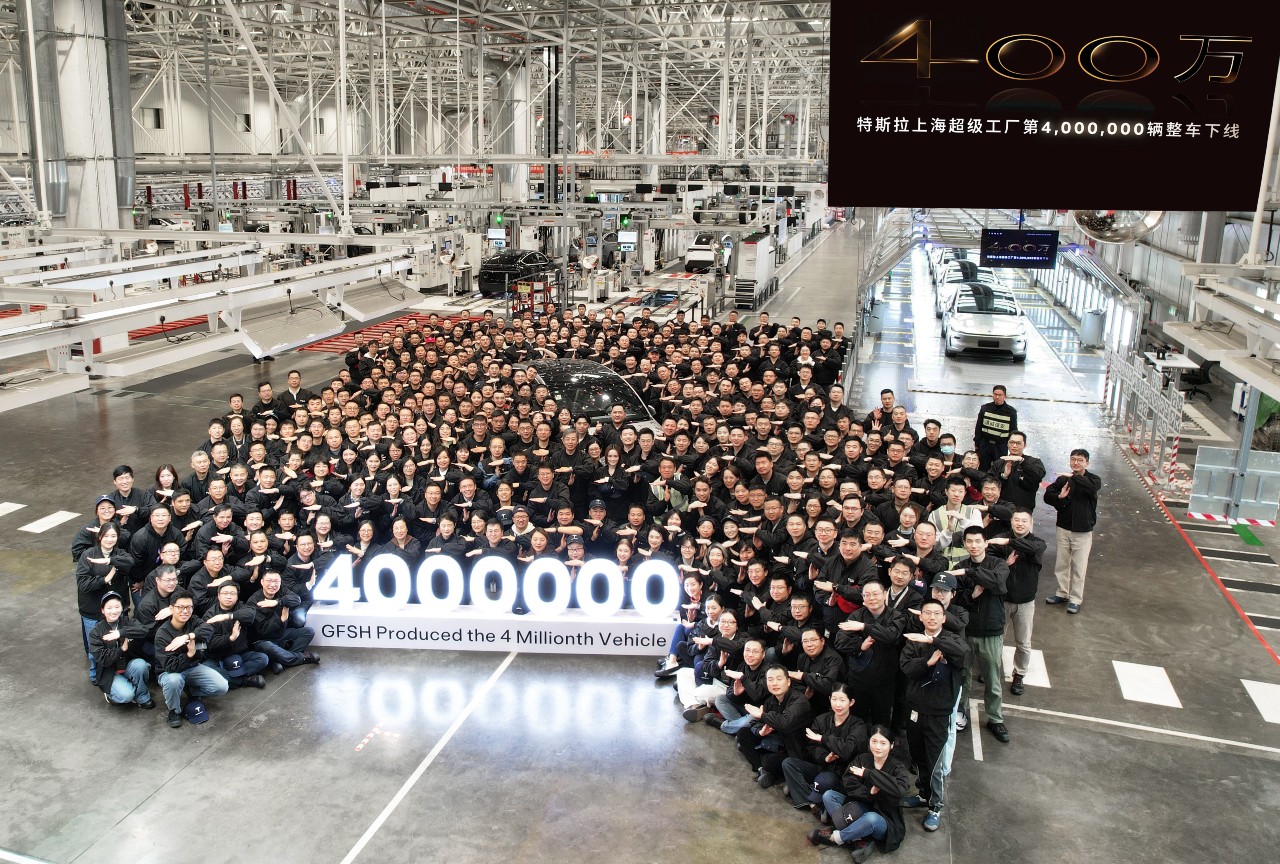
Tesla has announced a major milestone at its Chinese manufacturing facility, Gigafactory Shanghai, confirming on Monday that it had built its four millionth vehicle.
Tesla Gigafactory Shanghai first started building cars back in October 2019 with Model 3 assembly, just ten months after the company broke ground on the plant’s 86-hectare piece of land.
First deliveries started in December 2019, with the first units being given to employees. By the end of 2020, the plant was building cars at a run rate of around 150,000 vehicles annually. Production continued to ramp up, and by September 2023, less than three years after it started building Tesla’s EVs, it had built its two millionth vehicle.
Fast forward to December 2025, and Tesla has confirmed that four million cars have rolled off of production lines at the plant, a major milestone in the six short years it has been active:
Produced our 4 millionth vehicle at Gigafactory Shanghai🎉
Thanks to all our owners and supporters❤️ pic.twitter.com/DayVXUr220— Tesla Asia (@Tesla_Asia) December 8, 2025
The capacity at Giga Shanghai is exceeding 950,000 vehicles per year, and this year, the company has delivered 675,000 cars through the first three quarters. It is also the only plant to manufacture the Model Y L, a longer wheel-based configuration of the all-electric crossover that is exclusive to the Chinese market.
Gigafactory Shanghai’s four million cars have not all stayed within the domestic market, either. For a considerable period, the factory was exporting a significant portion of its monthly production to Europe, helping Gigafactory Berlin supplement some Model Y volume and all of its Model 3 deliveries. This is due to the Berlin plant’s exclusive production plans for the Model 3.
The site is one of the most crucial in the company’s global plans, and Gigafactory Shanghai’s incredible pace, which has led to four million production units in just about six years. It’s fair to say that it won’t be long until we’re seeing Tesla celebrate the plant’s five millionth vehicle produced, which should happen sometime late next year or in early 2027, based on its current manufacturing pace.
The company also builds the Megapack on the property in an adjacent Megafactory.
News
Tesla gamifies Supercharging with new ‘Charging Passport’
It will also include things like badges for special charging spots, among other metrics that will show all of the different places people have traveled to plug in for range.
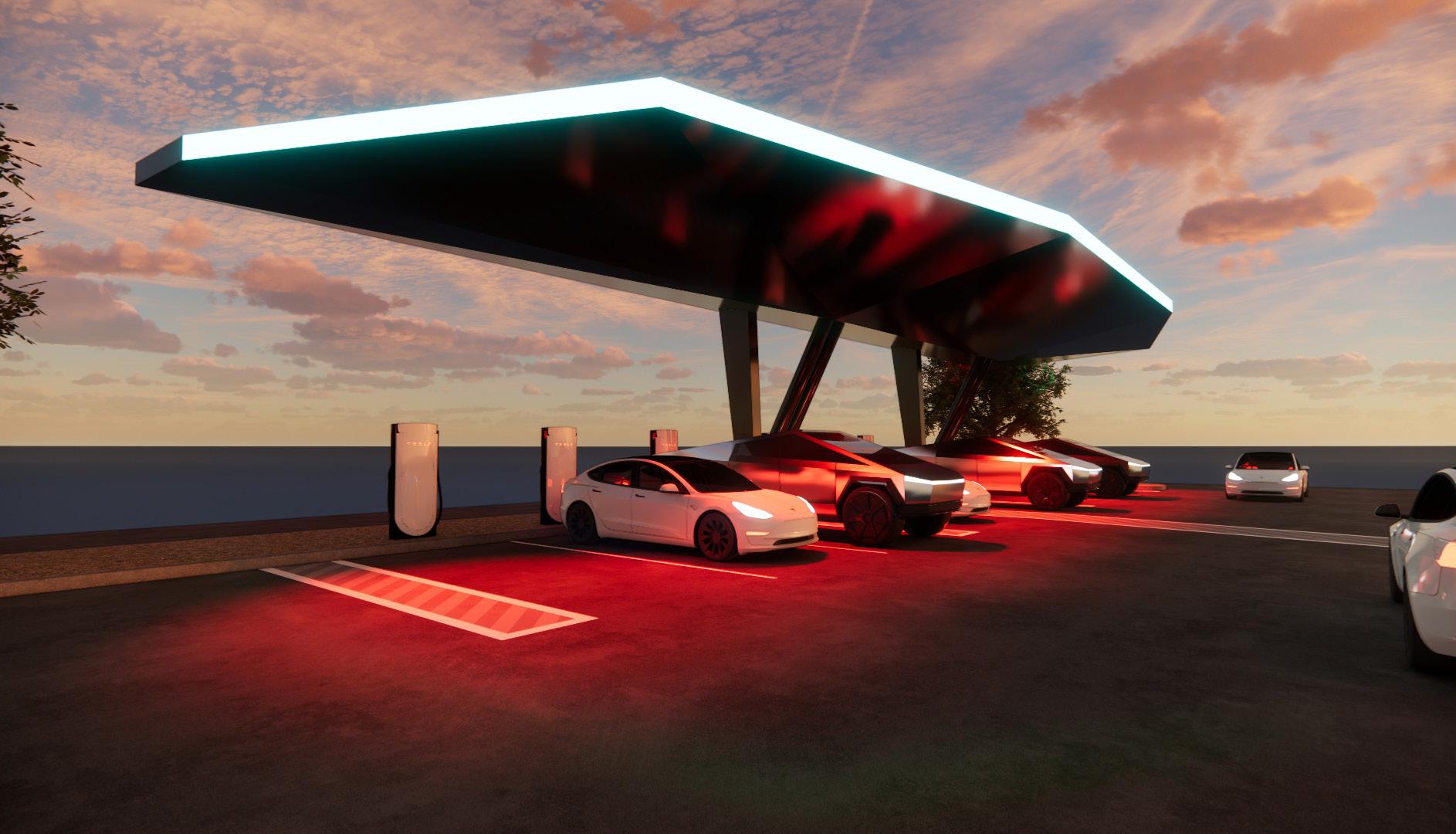
Tesla is gamifying its Supercharging experience by offering a new “Charging Passport,” hoping to add a new layer to the ownership experience.
While it is not part of the Holiday Update, it is rolling out around the same time and offers a handful of cool new features.
Tesla’s Charging Passport will be available within the smartphone app and will give a yearly summary of your charging experience, helping encapsulate your travel for that year.
It will also include things like badges for special charging spots, among other metrics that will show all of the different places people have traveled to plug in for range.
Tesla has just introduced “Charging Passport,” a new yearly summary of your charging.
• Charging badges: Iconic Charging badge (for visiting places like the Tesla Diner, Oasis Supercharger, etc), Explorer badge, green saver badge, etc.
• Total unique Superchargers visited
•… pic.twitter.com/c1DHTWXpj7— Sawyer Merritt (@SawyerMerritt) December 8, 2025
Tesla will include the following metrics within the new Charging Passport option within the Tesla app:
- Charging badges: Iconic charging badges for visiting places like the Tesla Diner, Oasis Supercharger, etc., Explorer Badge, and more
- Total Unique Superchargers Visited
- Total Charging Sessions
- Total Miles Added during Charging Sessions
- Top Charging Day
- Longest Trip
- Favorite Charging Locations
This will give people a unique way to see their travels throughout the year, and although it is not necessarily something that is needed or adds any genuine value, it is something that many owners will like to look back on. After all, things like Spotify Wrapped and Apple Music Replay have been a great way for people to see what music they listened to throughout the year.
This is essentially Tesla’s version of that.
With a handful of unique Superchargers already active, Tesla is also building some new ones, like a UFO-inspired location in New Mexico, near Roswell.
Tesla is building a new UFO-inspired Supercharger in the heart of Alien country








